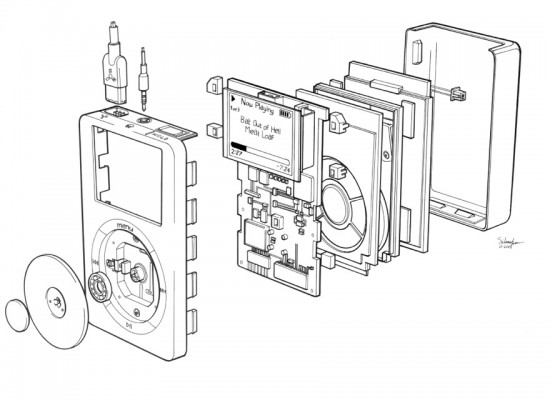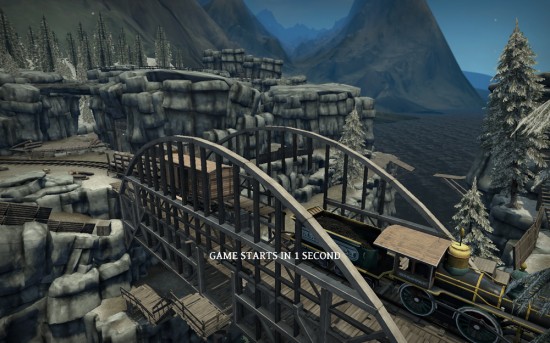That iPod drawing sure gets around
Sure, my work may be based around intellectual property, and technically these people are violating my copyright, but at this point I’m quite happy.
http://sixthland.tumblr.com/post/11820153274/an-illustrated-history-of-the-ipod-and-its-massive
http://www.macdac.ru/news/macovod/2011/october/24/ipod-otmechaet-svoe-desyatiletie-infografika/
Recognize the technical illustration of an exploded iPod on those pages? I sure did.
Every so often I’ll Google myself and go through the first ten or fifteen pages of results to evaluate my online presence. I really recommend you all do this too, because of course the first thing people will do when they want to find out about you is head to Google. It’s good to know just what a prospective employer or colleague’s first impression of you is going to be. Having a unique name definitely helps keep a clean online image; of the first fifty results for “Silvan Linn”, forty-eight are actually about me. Most of the stuff is relevant and positive, though I’ve had some success getting inane things I posted in high school under my real name removed. There are still a few dumb comments here and there in the results list, but luckily they’re quite buried. 😛
So this time, I reach the seventh page and notice a result mentioning “iPod technical illustration”. The URL wasn’t a site I owned…what was this about? I click on it and find the first result you see up above. Fascinating — it’s still going.
That drawing started out as a project in High School technical illustration class. It was a pretty open-ended class, and I was free to practice illustration by picking stuff out of the parts bin and drawing it. The parts bin was mostly old lawnmower parts and the like, and I wanted something more complicated, so I decided to take apart my then-brand-new iPod and create an exploded view. At some point after finishing the drawing, I was proud enough of it to post it on SpyMac.com, which was an Apple rumor site back in the early 2000s. The user galleries there were mostly full of Photoshop renderings of potential Apple products; it would be great to see their archives again now that we know what Apple’s become. I remember, for instance, an “iPhone” concept that was a fat, oblong iPod with a capacitative rotary dial pad where the touch-wheel would be.
The drawing sat on SpyMac for a while. I’d forgotten that it was ever posted there until I got an email from this guy Leander Kahney, who said he was writing a book about the iPod and the culture surrounding it. He wanted to include the illustration; I said absolutely yes. It was pretty awesome to go into Chapters and see my illustration as a spread right across the middle of the book. A few months after the book was published, I got a call from the producer of a Discovery Channel show about “products that changed the world”; they wanted to use the image in that, too. I said yes again. And now I’m finding that it’s still alive on the Internet, appearing on blogs about the iPod and Steve Jobs’ legacy. That drawing sure has legs…I’m proud to be the author of what I suppose is the definitive iPod exploded view.
The drawing also got me a phone call from Jonathan Ive, which was one of the most awesome experiences imaginable for a nerdy high school Apple nut who wanted to go into industrial design…but I think I’ll leave that story at that.

